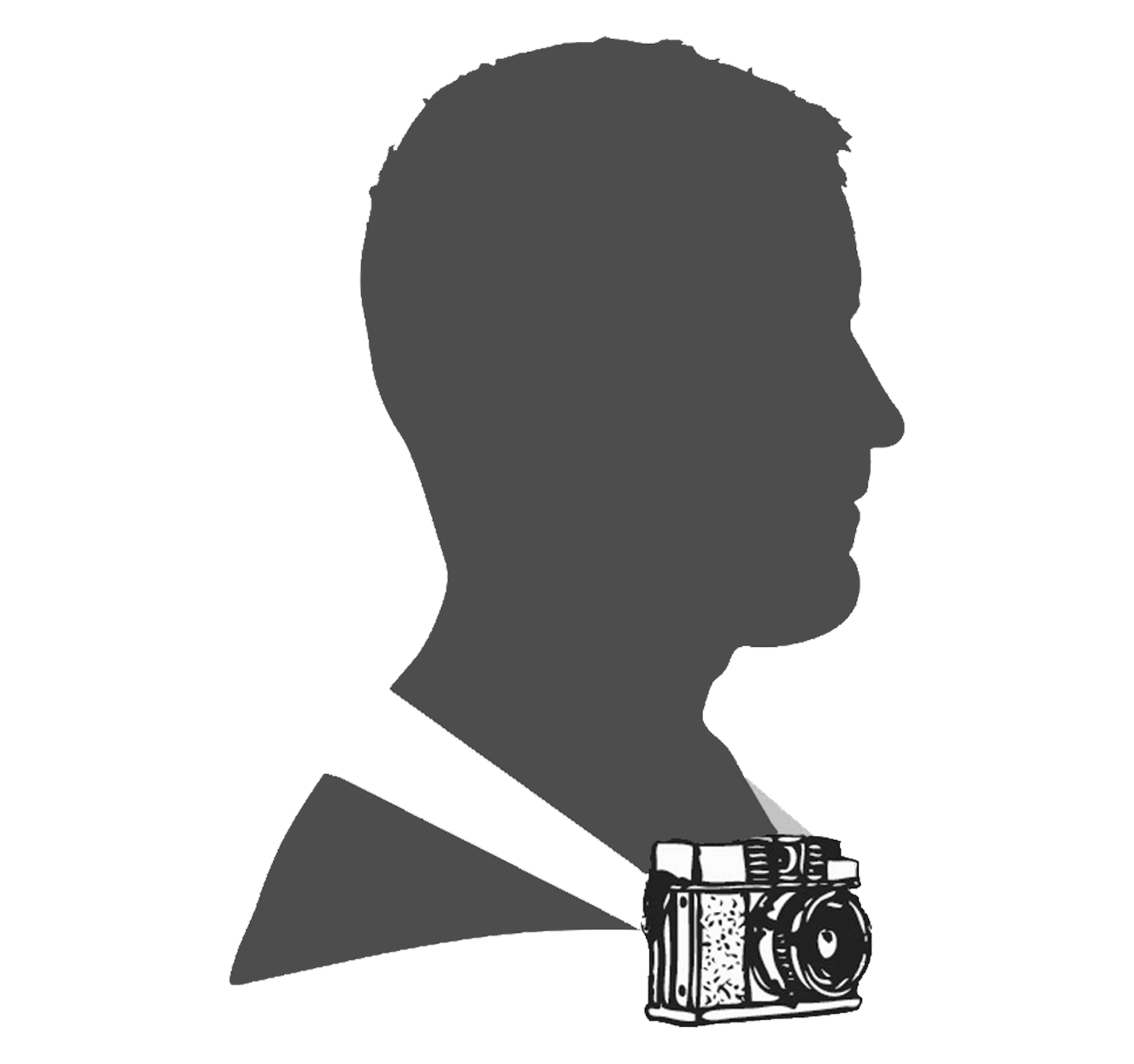How to pick a new lens for your camera.
Lens choice is incredibly important, some would argue even more important than a camera body. A lens can enable a photographer to get close images of a faraway subject, or shoot in extremely dark locations. A good lens can be the difference in getting the shot and missing it completely.
There are many factors to consider when looking for a lens, but we will focus on the two main ones. Focal length, and aperture.
Focal length refers to how “zoomed in” a lens is. For example, an 18mm lens is much wider than a 50mm. A 300mm lens is zoomed pretty far in and enables the photographer to photograph subjects that are far away.
If you are mostly shooting portraits, a 50mm is a great choice. It is inexpensive and offers a natural focal length similar to a human’s field of view. If you can afford it, an 85mm and a 70-200mm are two of the best and most popular focal lengths for portraits. These lenses also do well in low light because of their large aperture.
A kit lens, such as an 18-55mm is NOT a good portrait lens. If you shoot at 18mm, it is usually too wide for flattering portraits. The 18-55 kit lens also does not allow much light to get to the camera because of its small aperture, so you have to have a lot of light to use it.
Here are example images taken at different focal lengths, obviously, I had to back up as my focal length increased. The longer or more zoomed in your lens is, usually the more pleasing the background looks. Also, the wider the lens, the more distorted it is. Wider lenses are often used in architecture and landscape to make places appear larger and capture more of a scene.
If you want to shoot sports or wildlife, a good lens a 70-300mm. That lens, like the 18-55mm is not great in low light but usually sports and wildlife are outside where there is plenty of light :)
The second thing to consider when looking for a new lens is aperture.
The aperture is how much light the lens lets through. The bigger the aperture, the more the light the lens lets pass through it and hit the image sensor. A smaller number means a BIGGER aperture. So a F/1.8 lens has a bigger aperture than a F/5.6 lens, therefore it lets in more light.
Most portraits lenses have a large aperture, such as F/1.4 or F/2.8. These lenses also perform well in low light. These images show the drastic difference in the amount of light between F/1.8 and F/5.6
So remember, if you are inside, you need a big aperture like F/1.8 or F/2.8. A kit lens that has a variable aperture ranging from F/3.5 to F/5.6 is not a good choice for dimly lit locations. It is also important to remember that the bigger the mm number, the more zoomed in you are. Portraits are usually taken anywhere from 50mm to 200mm. Sports and wildlife can usually manage with smaller apertures because they are shot outside during the day, you want a lens that is at least 200mm in order to photograph far away subjects.
There are dozens of brands of lenses and each brand makes hundreds of different lenses so it can be a bit overwhelming. Some can autofocus and some are only manual focus. Some have an aperture of F/5.6 and some are as big as F/1.2 or even F/0.95. The bigger the aperture, the more expensive the lens.












